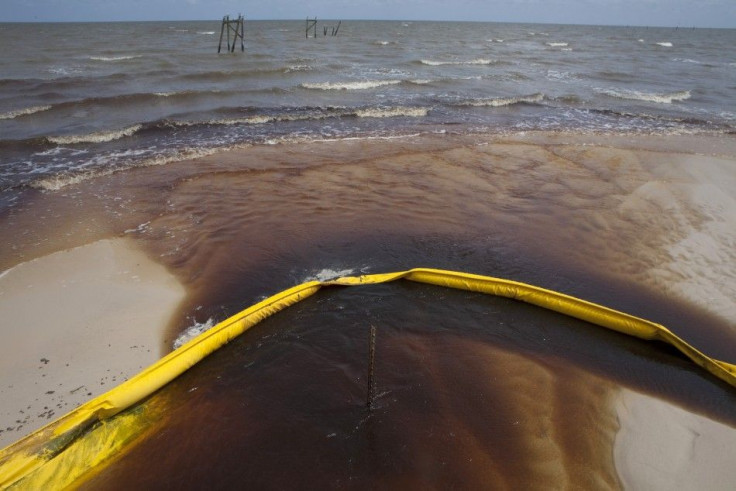Pollution continues to choke America’s beaches

Beaches in America saw the second-highest number of closing and advisory days in 2010, highest in more than two decades, as pollution continues to plague beach waters across the country, a report released on Wednesday said.
According to the 21st annual beach water quality report released by the Natural Resources Defense Council (NRDC), pollution from storm water runoff and sewage overflows have taken a toll on U.S. beaches, often forcing their closure.
The report called ‘Testing the Waters: A Guide to Water Quality at Vacation Beaches’ reveals that “America’s beaches have long suffered from pollution,” NRDC senior attorney Jon Devine said, adding that “the difference is now we know what to do about it.”
Last year, U.S. beaches suffered from serious contamination including oil from BP oil spill, and human and animal waste, the report said.
The persistent pollution woes over the years has led to a “dirty legacy,” Devine said in the report, which analyzed government data on beach water testing results from 2010 at more than 3,000 beach testing locations nationwide.
“A concerted effort to control future pollution is required. By making our communities literally greener on land, we can make the water at the beach cleaner,” he added.
Heavy rainfall in Hawaii, contamination from unidentified sources in California, and oil washing up in the Gulf of Mexico from the BP disaster led to closing and advisory days at America’s beaches in 2010, affecting beach tourism.
“By taking steps to stop the biggest sources of pollution in the waves, we can help keep trips to beach carefree, and support our lucrative tourism industries nationwide,” David Beckman, Director of the Water Program at NRDC, said.
The report revealed that about 70 percent of the closing and advisory days were issued because bacteria levels in the water exceeded health standards.
The region with the most frequently contaminated beach water in 2010 was the Great Lakes, where 15 percent of beach water samples exceeded public health standards. The Southeast, New York-New Jersey coast and Delmarva region proved the cleanest at 4 percent, 5 percent and 6 percent respectively.
Beach water pollution causes a range of waterborne illnesses in swimmers including stomach flu, skin rashes, pinkeye, ear, nose and throat problems, dysentery, hepatitis, respiratory ailments, neurological disorders and other serious health problems. For senior citizens, small children and people with weak immune systems, the results can be fatal.
According to NRDC report, the incidence of infections has been steadily growing over the past several decades, and with coastal populations growing it is reasonable to expect this upward trend to continue until the pollution sources are addressed.
© Copyright IBTimes 2024. All rights reserved.











